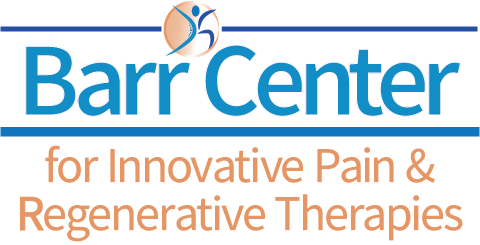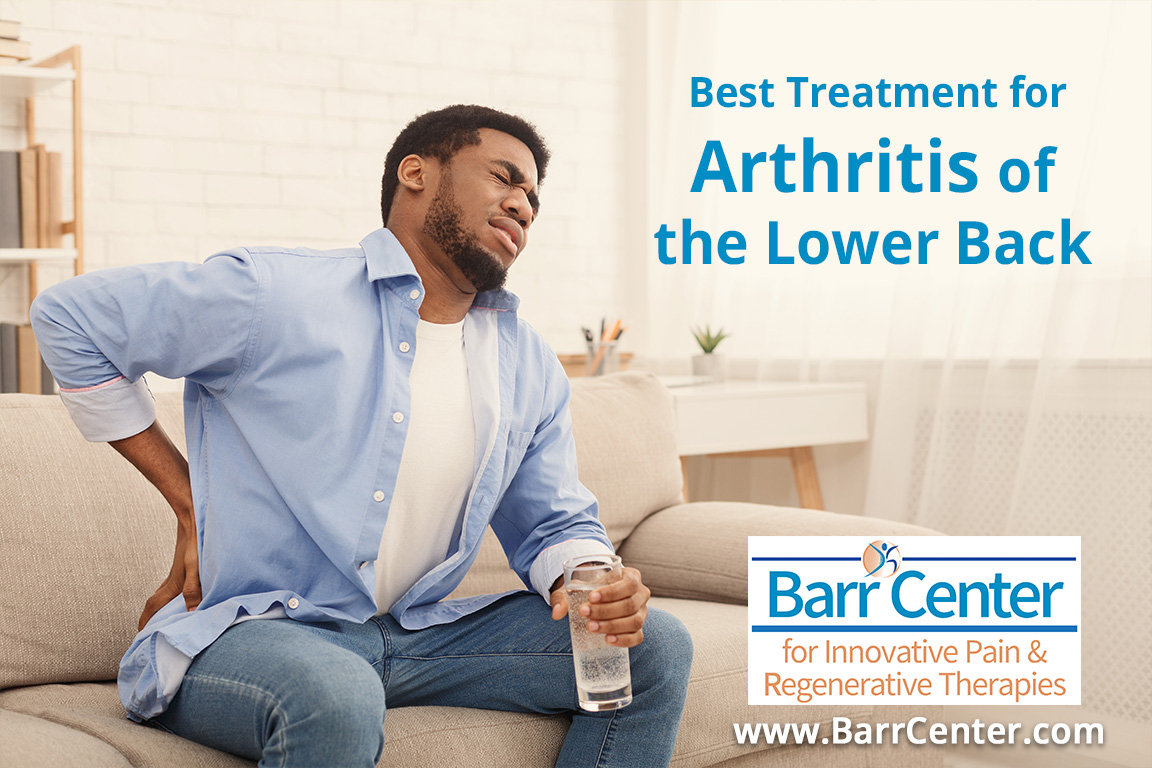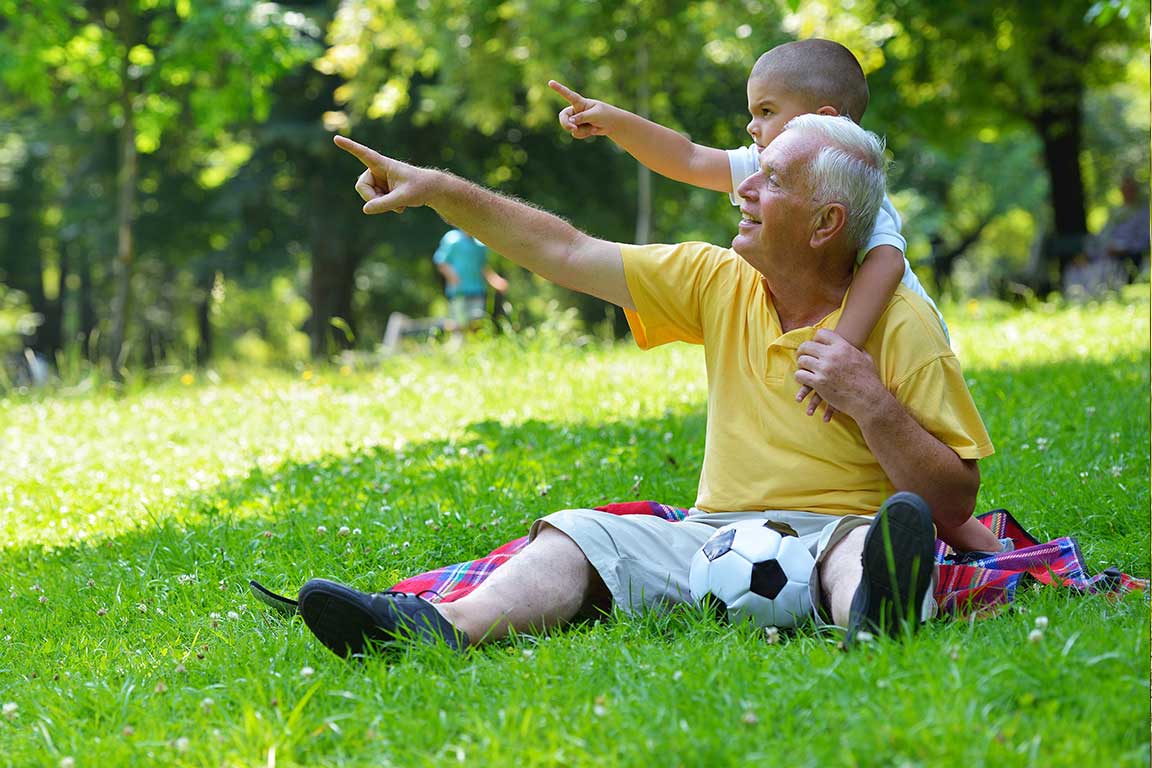The spinal cord and nerve roots run through an opening in the vertebral column called the spinal canal. Because of the natural process of aging and spinal degeneration, the spinal canal may narrow, compressing the spinal cord and nerves in a process called central stenosis. The keyholes (intervertebral foramina) where the nerve roots exit the spine at their respective levels can also become narrowed, and this is referred to as foraminal stenosis.


What causes spinal stenosis?
Spinal stenosis may occur anywhere along the spine but most commonly in the cervical or lumbar spine. Causes for the stenosis include:
- Facet joint arthritis
- Spondylolisthesis
- Degenerative disc disease or protrusions
What are the symptoms?
Lumbar spinal stenosis:
- Pain in the buttocks, thighs, and legs brought on by either prolonged standing, walking or by exercising in the erect posture
- Weakness, tingling, and loss of deep tendon reflexes
- Pain worsens while walking
- Pain decreases after sitting down
- Pain is usually less intense while you are leaning forward
- Pain is worse with extension of the back at the hips
- Low back pain may or may not be present
How is spinal stenosis diagnosed?
- Through history and physical exam
- Through imaging such as MRI
How is it treated?
Treatment for spinal stenosis will vary depending on the severity of the problem. It can include:
- Physical therapy
- Activity modification
- Epidural Steroid Injections
- Surgical procedures such as laminectomy, foraminotomy, or decompression and fusion
Can the Barr Center Help You with Back Pain Relief?
Call us at 757-578-2260 or email us at [email protected] to get started on relieving your back pain and raise the bar of your health.
Learn More
Other pain management conditions we treat are: Neck Pain, Shoulder Pain, Hip Pain and Knee Pain. We often use Regenerative Medicine and Physical Therapy in our treatments.










